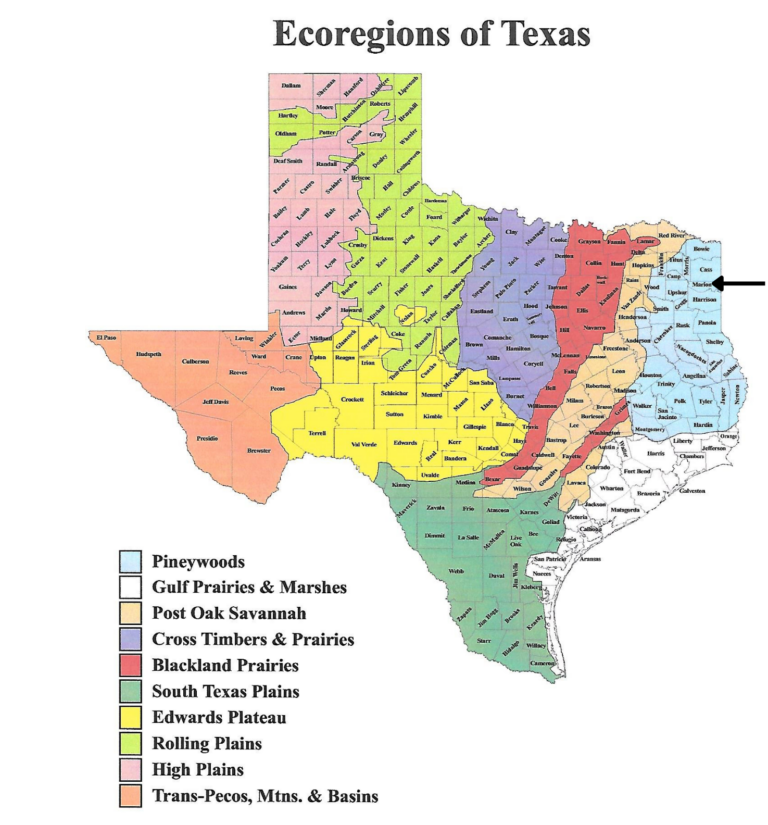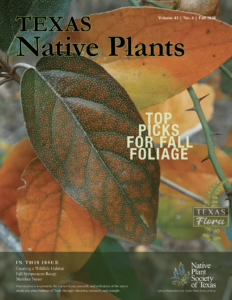Welcome, we are so glad you are here!
The Caddo Wildflower Chapter is located in Cass County Texas. We are in the Piney woods ecoregion. Piney woods is an area of rolling terrain with pines, oaks and tall hardwoods in the east to northeastern part of the state.
If you are interested in learning about gardening with native plants, this is the organization for you. Members share a wealth of knowledge gained from experiences with native plants. We love to take filed trips and have some great ones scheduled for the upcoming year.
Meeting Info
- Caddo Wildflower Chapter meets on the 4th Tuesday of the month.
- Our meetings are January thru October. 6:30 P.M.
- Location for GPS – Mary Dougherty Senior Citizen Center Linden, Texas.
Meetings start with food and fellowship, a guest speaker about native plants or related topics, a brief business meeting, and lastly a raffle on native plants and related items. Our meetings are open to the public. We love to spoil our guests and sometimes leave with a few plants at the end of the night donated by the members.
Please check out our Facebook page and Instagram.
We would love for you to reach out. Thank you so much for visiting our page.

Native Plant Society Virtual Events
Native Plant Society News

Where Plateau Meets Prairie
In autumn, Cornus drummondii offers a beautiful display of vividly-colored reddish leaves. The aging leaves of Ulmus crassifolia, covered with tiny fungal leaf spots , will soon fall to enrich

Creating a Wildlife Habitat with Native Plants
The heavily wooded lot includes Cedar Elms (Ulmus crassifolia), Live Oaks (Quercus virginiana), and Pecan Trees (Carya illinoinensis). By Lindsey Townsend, Tyler Chapter Every garden begins with an idea—and a

Fall 2024 Member Magazine
Executive Director’s Message | President’s Message | Fall Symposium Recap | Top Picks for Fall Foliage | Creating a Wildlife Habitat | Exceptional Native Plants | Plateau Meets Prairie | Member News


